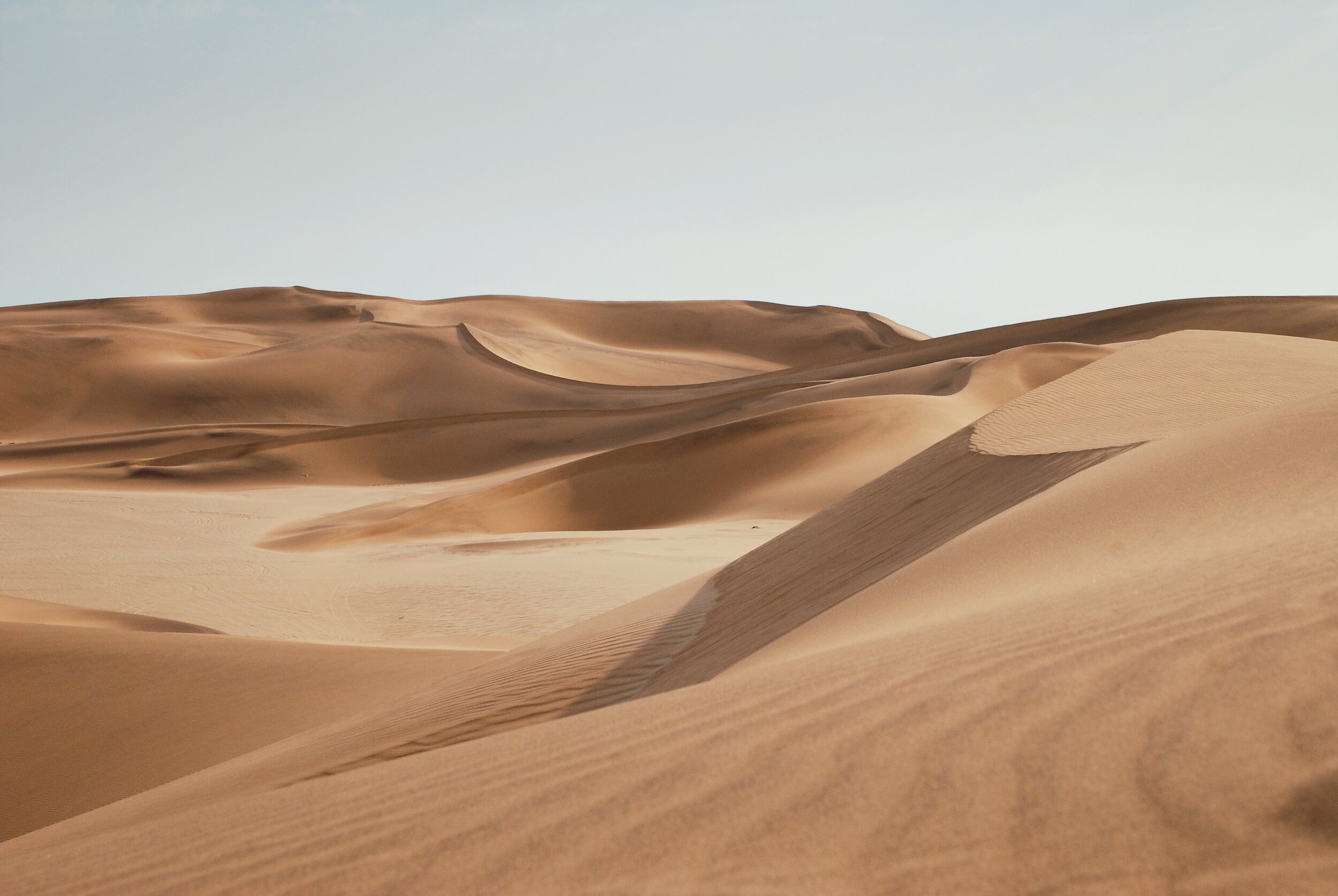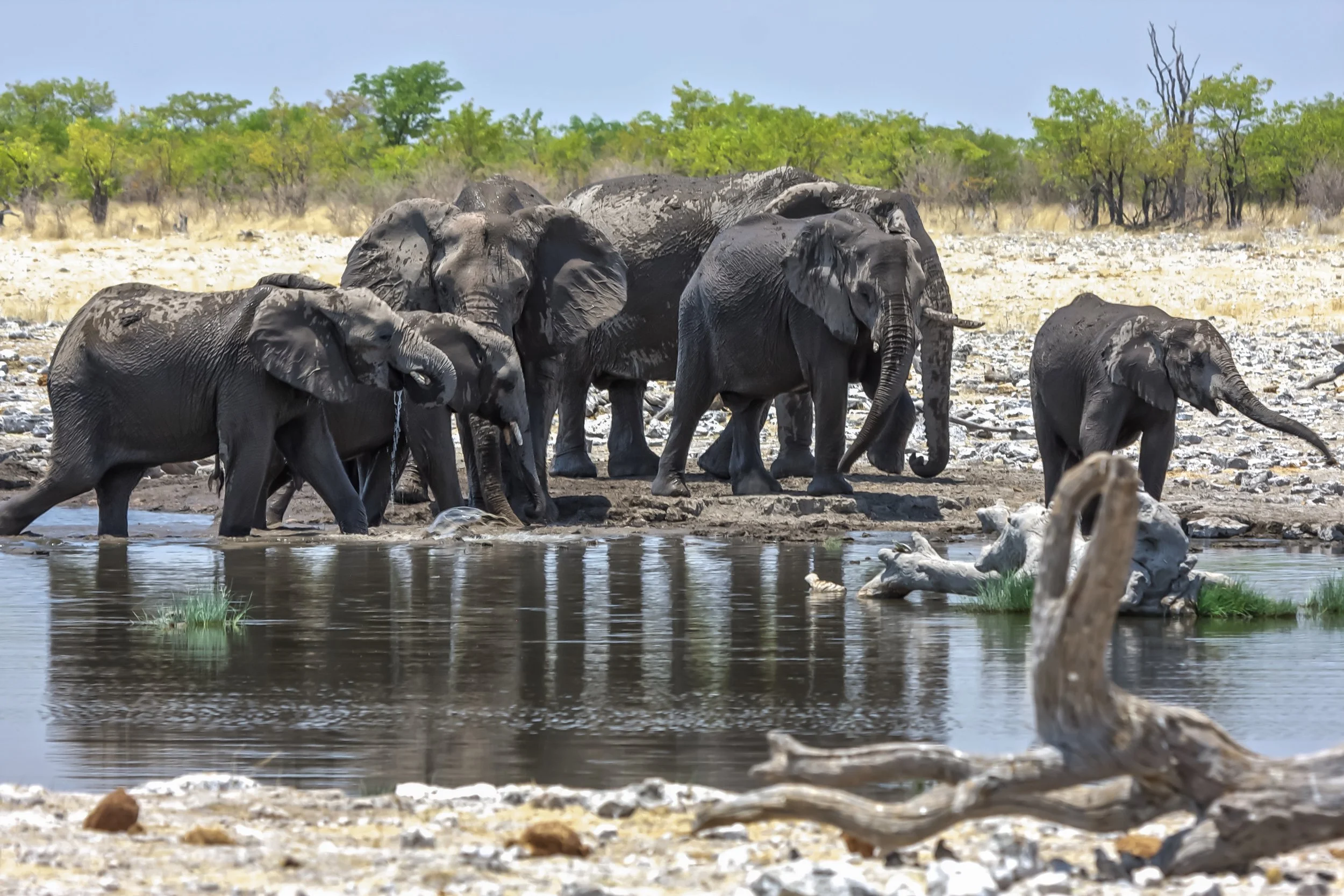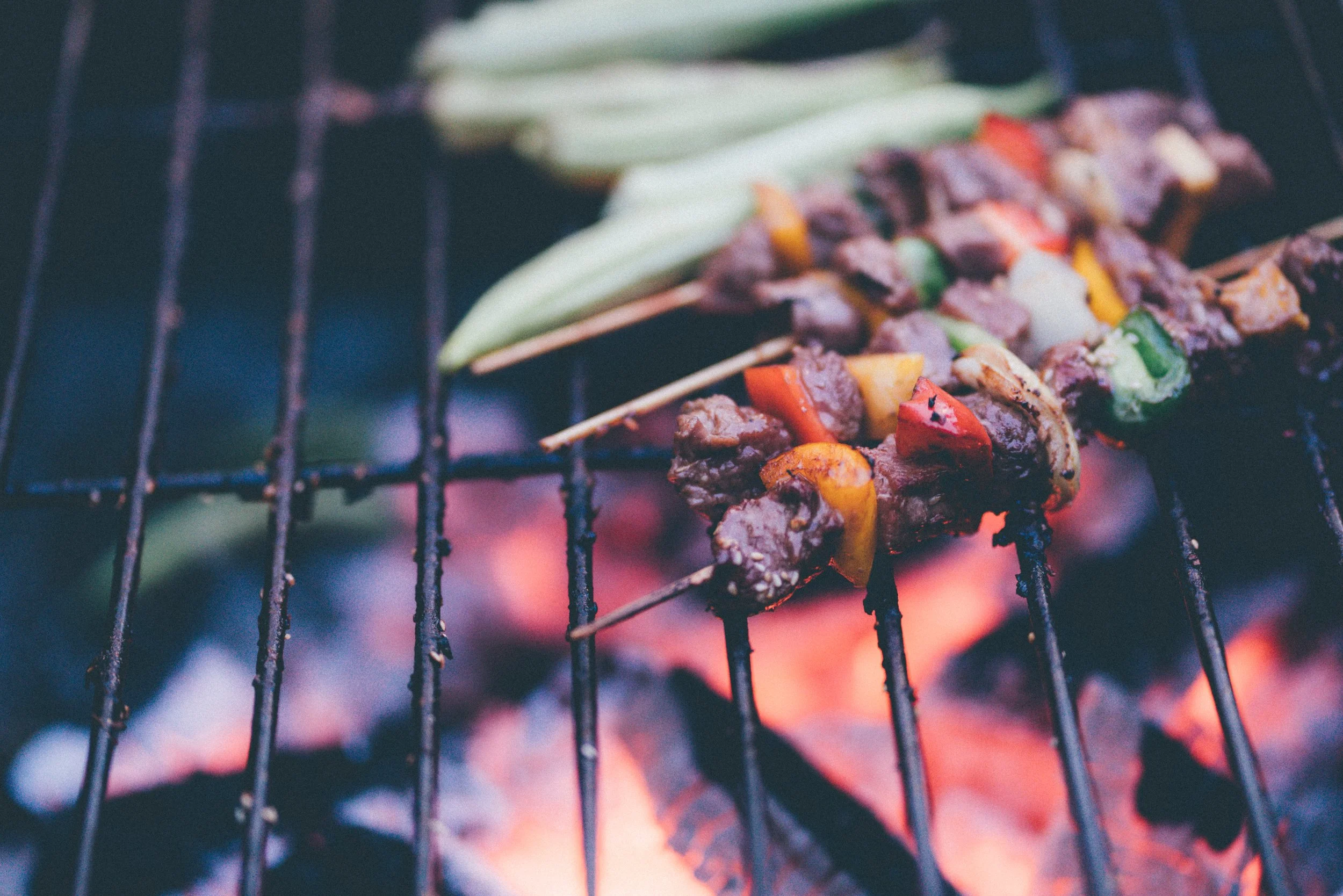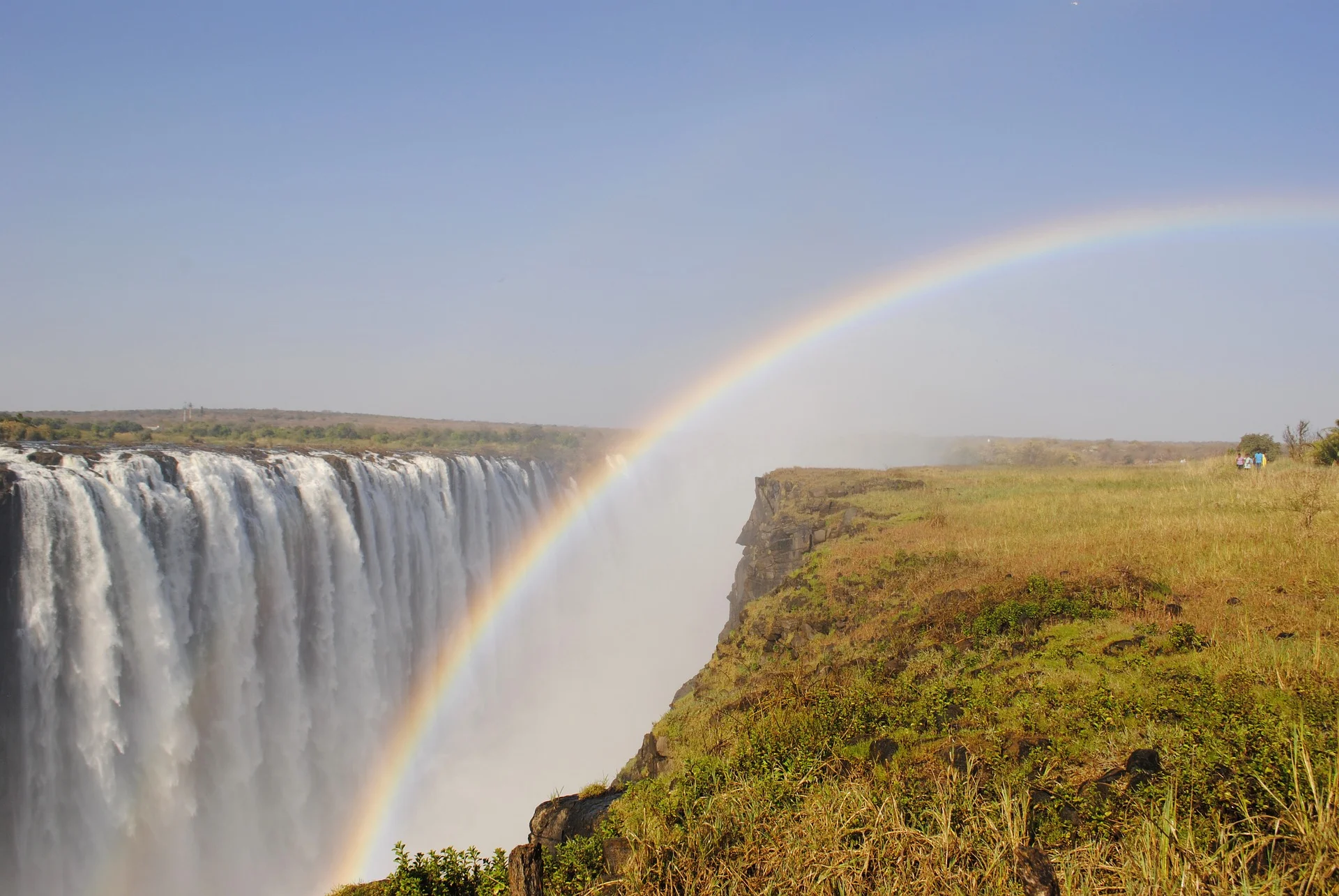Getting ready to travel to Namibia to experience the abundance of wildlife? Wondering what to pack on your upcoming adventure? No need to stress about what to bring. Here is a complete packing guide with everything you need:
Clothes
The number one clothing item on your Namibia packing list should be a good pair of closed-toe shoes. Whether you are hiking through some rocky canyons, wandering through the plains looking for your next lion or zebra encounter, or running up the dunes for a stunning sunset view, you will want some sturdy comfort on your feet. They will also come in handy in helping protect you from those pesky mosquito bites. And, speaking of mosquitoes, you will also want to be wearing long sleeves when walking through the sand dunes to protect yourself from getting bitten!
Odds are you will be venturing on an amazing safari at some point during your time in Namibia. It is recommended you pack neutral colors for this activity, as it is best to avoid any flashy clothes in an attempt to blend in with your surroundings and avoid frightening the wildlife. And make sure to toss in a bathing suit for any opportunities you come across to swim in a pool! After a long, dusty, dry day, it is highly unlikely you’ll turn down any chance to cool off and splash around.
Once your day in the sun is complete and you are cooled off, prepare for the dramatically cold temperatures that creep up as darkness falls. You’ll want some combination of a scarf, warm jacket, sweater, gloves, beanie and long socks to keep you warm at night.
In addition, an African kikoy, also more commonly referred to as a sarong, will be an essential on this trip. This item will be easy to purchase once in Namibia if you cannot find something equivalent at home. The piece is known to be multi-functional with uses ranging from a headscarf to a skirt wrap or a method of shade from the sun. The best part is that it is extremely lightweight and hardly takes up any space in your bag when not in use. Overall, Namibia is a very casual country and feel free to keep that in mind when packing your outfits.
Accessories
As it goes with most travel, leave any nice or expensive jewelry at home as it is not worth the risk of it getting lost or damaged. Namibia is home to a ton of sand and gravel roads which can lead to bright glares. Choose to protect your eyes with an good pair of sunglasses and a wide-brimmed hat.
Electronics
You’ll want some high quality devices to capture all of the nature and animals around you. If possible, ensure that your camera has a good zoom as sometimes your safari guide will keep you at a distance from the wildlife for everyone’s safety. Also, if you have room, bring a tripod to help capture the magnificent stars. Namibia has minimal light pollution, offering great conditions to document the night sky above. A tripod will also come in handy at waterholes when watching animals in their natural habitat. Add a spare memory card in case your original one malfunctions from the desert dust or you run out of storage from taking so many pictures.
When you’re not snapping pictures, you will want a good pair of binoculars to give you a close up view of all of the wildlife, but from a safe distance. Namibia uses D/M electrical plugs, so have a few adapters on hand to keep your phone and camera’s battery charged. Depending where you are in Namibia, sometimes the power shuts off at night, so be prepared to possibly need to charge multiple devices at once. In case the power does go out or if you are choosing to camp while in Namibia, a good headlamp will save you from the darkness. If you are lucky enough to keep power through the night, it is still common for hotel’s in Namibia to offer minimal lighting, making reading at night sometimes challenging. If you’d rather pass on the fashionable headlamp, an e-reader is a compact option that will allow you to get in your evening reading in all variations of lighting. For time outside of the hotel, consider purchasing a SIM card in one of Namibia’s grocery stores. Data in Namibia is extremely affordable and comes around $4 USD per 1 GB. However, I would not rely on it too much as many remote areas in Namibia do not have service. Download your maps and travel guides ahead of time just in case.
Luggage
Opt to utilize your older luggage instead of your brand-new set as the desert is dusty and can easily ruin your bag. It’s always smart to bring a lock in case you have to leave your bag in your room or car for an extended amount of time. In addition to your main suitcase, take a day-pack to bring along with you on your day-to-day adventures. It doesn’t have to be large, just adequate for your water bottle, camera, a few snacks, sunscreen and whatever else you think you might need during your outings. Also bring some Ziploc bags for your most prized electronics such as your phone or GoPro to protect them from the dangerous dunes that leave sand everywhere. If traveling through rural Namibia, finding food throughout the day can sometimes be difficult to locate. Ask the locals who know the area before venturing out for the day. Some will recommend ordering a lunch pack from your hotel or stopping for food in a small town nearby. For this reason, a cooler to keep your food fresh and drinks cold would be extremely beneficial in the Namibian heat.
Well, now you’re officially prepared for this adventure of a lifetime! So, what are you waiting for? Begin your packing for Namibia today!
Post written by: Kirsten Cusack, @kirqsak















Getting ready to travel to Namibia to experience the abundance of wildlife? Wondering what to pack on your upcoming adventure? No need to stress about what to bring. Here is a complete packing guide with everything you need: